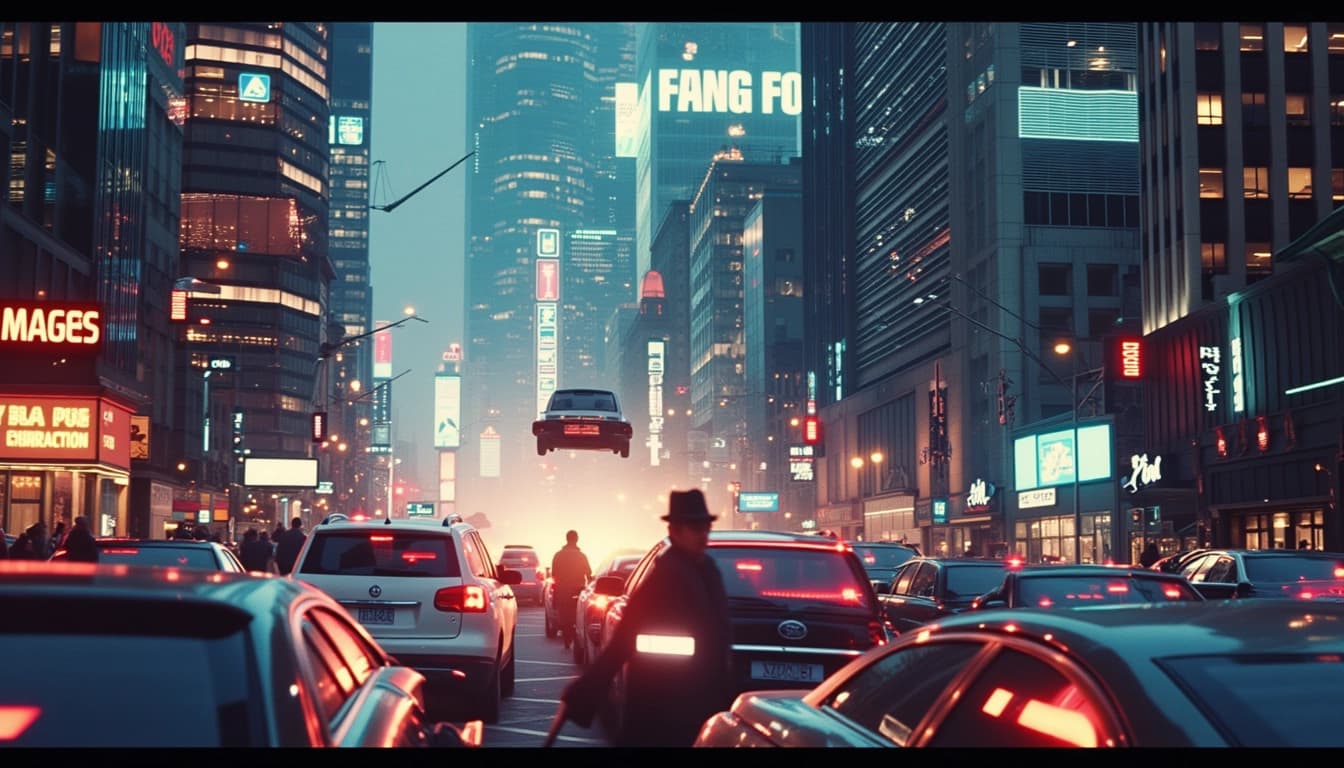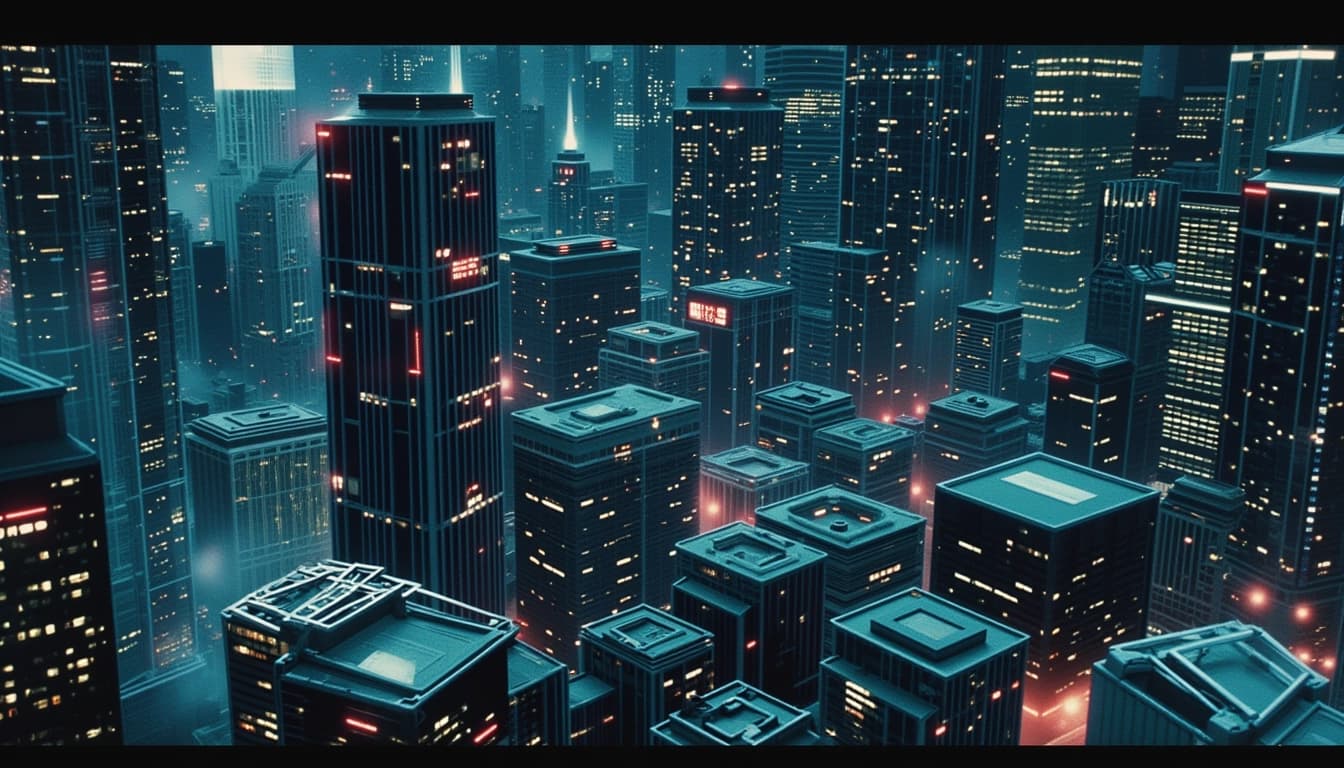
Creating Dreamlike AI Art with RealVisXL v4.0
By John Doe 5 min
Creating Dreamlike AI Art with RealVisXL v4.0
It seems likely that "adirik / realvisxl-v4.0" is an AI model on Replicate, fine-tuned for photorealistic images based on Stable Diffusion XL (SDXL).
Key Points
- It seems likely that "adirik / realvisxl-v4.0" is an AI model on Replicate, fine-tuned for photorealistic images based on Stable Diffusion XL (SDXL). - Research suggests you can create dreamlike AI art by crafting imaginative prompts and using Replicate's API to run the model. - The evidence leans toward needing a Replicate account and API token to access the model, with Python code provided for usage. - Unexpected detail: The model, while focused on photorealism, can generate dreamlike art by describing surreal scenes, blending realism with imagination.
Getting Started
To begin creating dreamlike AI art with "adirik / realvisxl-v4.0," you'll need to sign up for a Replicate account at [Replicate](https://replicate.com/) and obtain an API token from your account settings. This token is essential for interacting with the model via Replicate's API.
Using the Model
Install the Replicate Python library using `pip install replicate`, then set your API token in your environment. Here's a sample Python code to run the model:
Crafting Prompts for Dreamlike Art
Dreamlike art often involves surreal, imaginative elements. Be specific in your prompts, using metaphors and art styles like "impressionism" or "surrealistic painting." For example, try "An other-worldly creature with iridescent feathers and multiple eyes, in a mystical forest." Use negative prompts to avoid unwanted elements, such as "human, ordinary."
Adjusting Parameters
Key parameters include prompt, negative_prompt, width, height, and num_outputs. Experiment with these to achieve the desired dreamlike effect.
Dreamlike AI art combines surreal and imaginative elements with photorealistic rendering to create visually stunning, other-worldly images. The 'adirik / realvisxl-v4.0' model, hosted on Replicate, is an SDXL-based model fine-tuned for photorealistic images, making it ideal for generating dreamlike art by describing imaginative scenes.
Setting Up: Accessing Replicate and Obtaining API Token
To use the model, you must first sign up for a Replicate account. Navigate to your account settings to retrieve your API token, which is necessary for API interactions. The Replicate documentation provides detailed guidance on setting up, including setting the token as an environment variable for security.
Installing the Replicate Python Library
Install the Replicate Python library with 'pip install replicate'. This library allows you to interact with the model via the API, enabling you to generate images based on your prompts.
Running the Model
The model can be run using Python code that includes essential parameters for text-to-image generation. Key parameters include the prompt, negative prompt, width, height, and guidance scale, which help balance detail and generation time.

Experimenting with Parameters
Experiment with parameters like width, height, scheduler, num_inference_steps, and guidance_scale to achieve the desired balance between detail and generation time. Adjusting these can significantly impact the output quality and style.
- Width: Adjusts the image width
- Height: Adjusts the image height
- Guidance Scale: Controls the influence of the prompt
Conclusion & Next Steps
Dreamlike AI art offers endless creative possibilities. By leveraging the 'adirik / realvisxl-v4.0' model and experimenting with its parameters, you can create stunning, surreal images. Explore further by tweaking prompts and settings to refine your artistic vision.

Stable Diffusion XL (SDXL) is a powerful AI model for generating high-quality images from text prompts. It builds upon the success of previous Stable Diffusion models with improved capabilities and flexibility. SDXL offers users the ability to create detailed and imaginative visuals by simply describing what they want to see.
Key Features of SDXL
SDXL introduces several advanced features that set it apart from earlier versions. The model supports higher resolution outputs, better prompt adherence, and more nuanced artistic styles. Users can fine-tune results using various parameters to achieve their desired aesthetic, whether photorealistic or highly stylized.
Two-Stage Generation Process
One of SDXL's standout features is its two-stage generation process. The base model creates an initial image, which can then be refined for enhanced detail and quality. This approach allows for greater control over the final output, ensuring higher fidelity results compared to single-pass generation.
Practical Applications

SDXL has numerous practical applications across creative industries. Designers can use it for concept art, marketers for advertising visuals, and content creators for unique imagery. The model's versatility makes it valuable for both professional and personal projects requiring custom visuals.
Getting Started with SDXL
Using SDXL is straightforward with platforms like Replicate providing API access. Beginners should start with simple prompts and experiment with different parameters to understand how they affect results. The model's flexibility means there's always room for discovery and creative exploration.
Conclusion & Next Steps
SDXL represents a significant advancement in AI-powered image generation. Its improved capabilities open new possibilities for digital art and visual content creation. As the technology continues to evolve, we can expect even more impressive features and applications to emerge in this exciting field.
- Experiment with different prompt styles
- Try adjusting guidance scale and steps
- Explore the refiner for enhanced details
The 'adirik / realvisxl-v4.0' model is a powerful tool for generating photorealistic images with a dreamlike aesthetic. It is based on Stable Diffusion XL (SDXL) and excels at creating highly detailed, surreal visuals. This model is particularly suited for artists and designers looking to blend realism with imaginative elements.
Model Overview
The model leverages SDXL's advanced architecture to produce high-quality images with intricate details. It supports various parameters like 'prompt', 'negative_prompt', and 'num_inference_steps' to fine-tune outputs. The model is hosted on Replicate, making it accessible via API or Python client for seamless integration into workflows.
Key Features
One standout feature is its ability to render dreamlike content with photorealistic precision. The model also supports different aspect ratios, allowing users to experiment with dimensions for optimal results. Additionally, it offers a balance between creativity and control through parameters like 'guidance_scale' and 'seed'.
Usage Tips
To get the best results, start with a clear and imaginative prompt. Adjust the 'guidance_scale' between 1.5 and 3 for a balance between creativity and adherence to the prompt. Increasing 'num_inference_steps' can enhance detail but may extend generation time. Experiment with aspect ratios to explore how they impact the output.

Limitations and Considerations
While the model excels at photorealistic dreamlike art, it may struggle with highly abstract or non-realistic styles. Users should also be mindful of generation costs, which are approximately $0.047 per run on Replicate. Always review the model's safety guidelines to ensure responsible use.
Conclusion
The 'adirik / realvisxl-v4.0' model is a versatile tool for creating stunning, photorealistic dreamlike art. By experimenting with prompts and parameters, users can unlock its full potential. Whether for professional projects or personal exploration, this model offers a unique blend of realism and imagination.
- Start with imaginative prompts for best results.
- Adjust 'guidance_scale' and 'num_inference_steps' to fine-tune outputs.
- Experiment with aspect ratios to explore different visual effects.